
The Dazzling Display of Chinese Cultural Heritage in “Black Myth: Wukong”
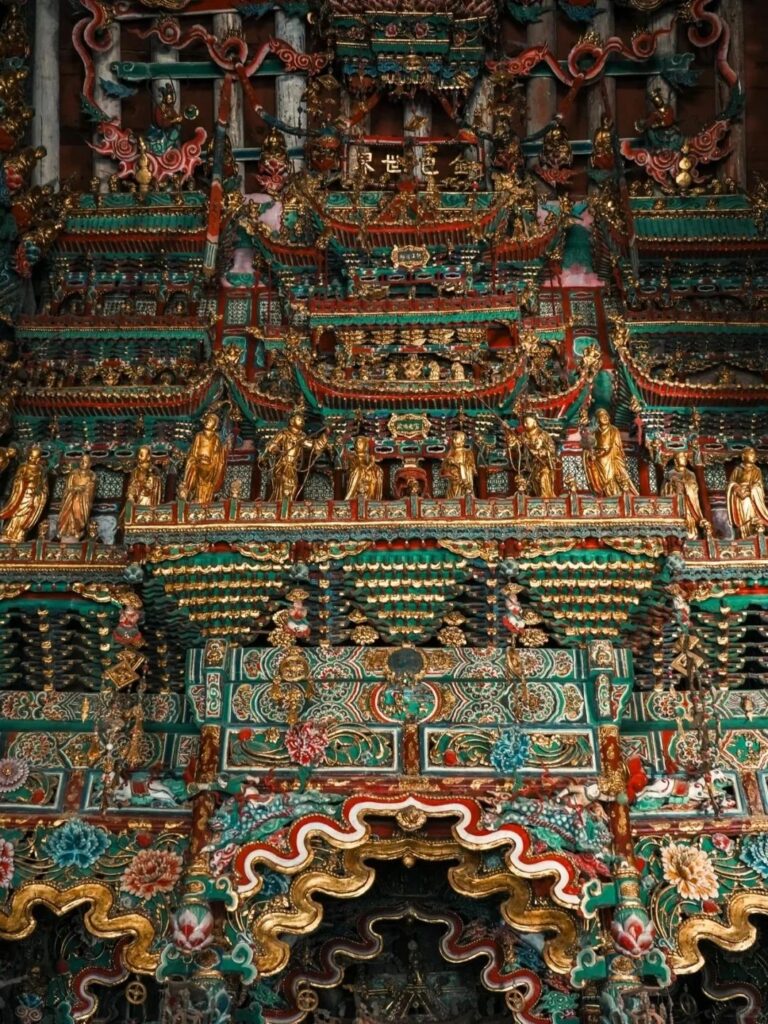

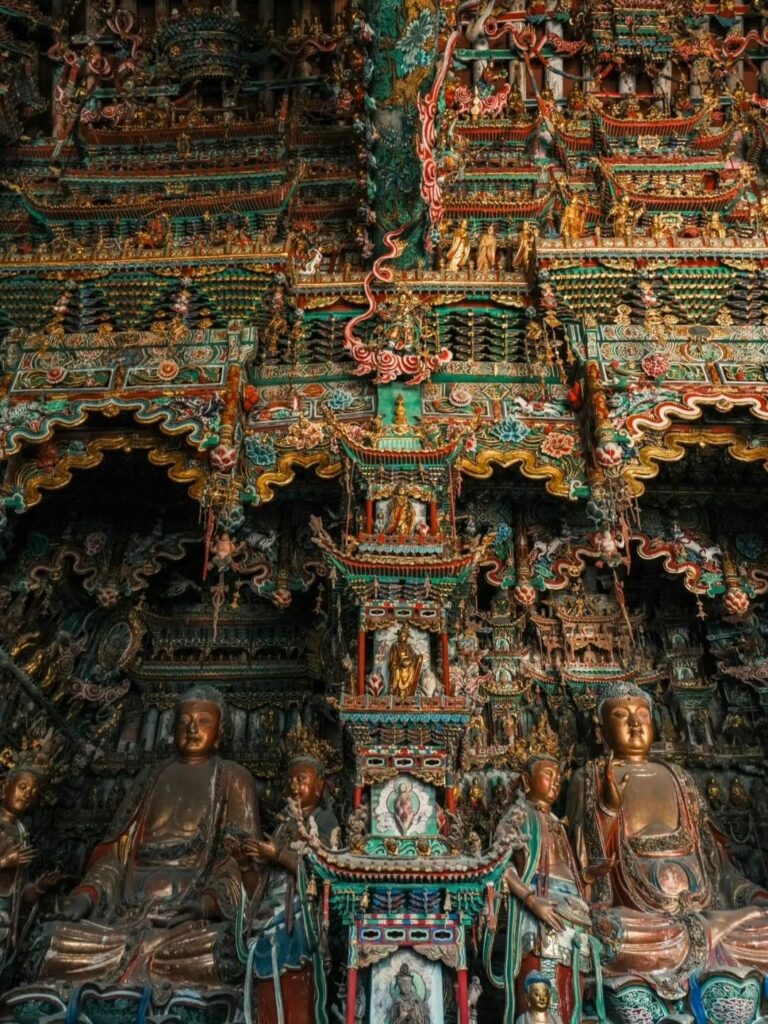
The game is filled with scenes of ancient temples, archways, grottoes, and treasure halls, exuding the charm of classical Chinese Cultural. From ancient temples to mystical forests and fantastical realms, each frame seems like a traditional Chinese landscape painting. The architectural style, clothing, and props all reflect the characteristics of traditional Chinese culture. This inheritance and innovation of classical Chinese aesthetics allow players to experience a unique visual enjoyment in the game. Let’s take a closer look together in this issue!


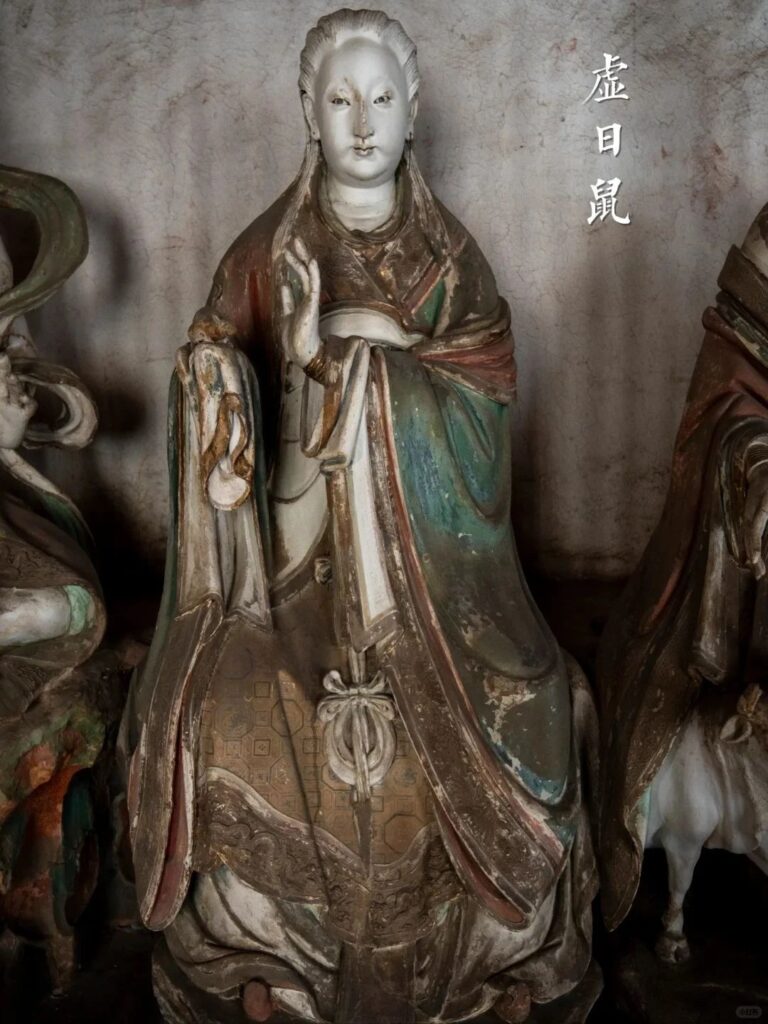
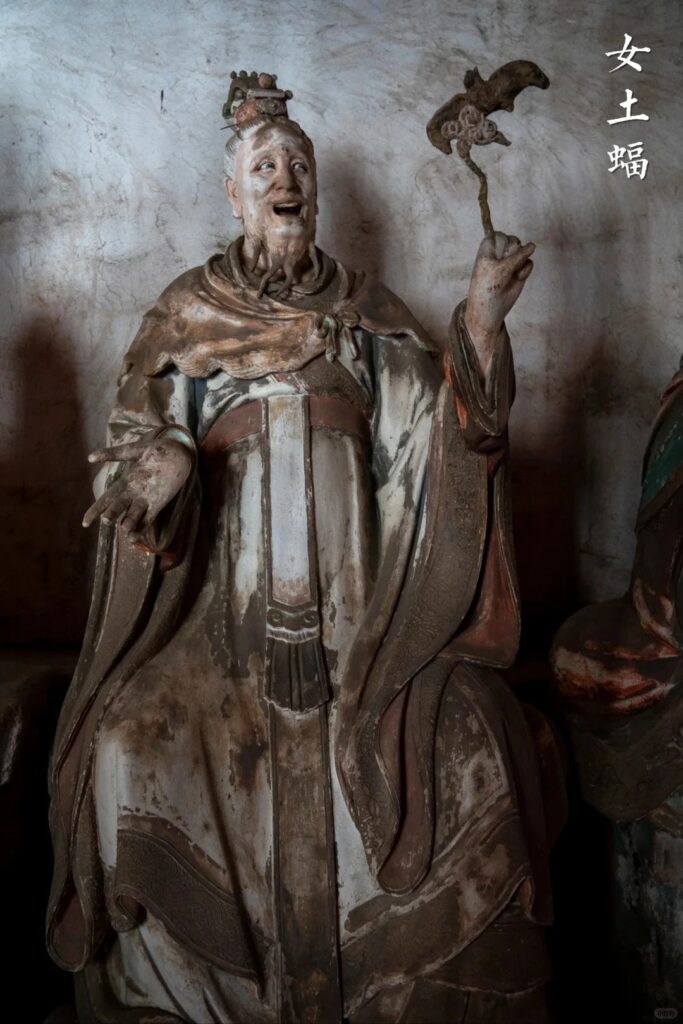
Xiaoxitian, also known as Qianfoan, is located at the peak of Fenghuang Mountain in Xixian County, Linfen City, Shanxi Province. It is a Zen Buddhist temple established by Master Dongming in the second year of the Chongzhen period of the Ming Dynasty. The temple is named after the thousand Buddha statues in the Daxiong Hall, and its suspended sculptures and painted murals are of great value for studying Ming and Qing dynasties’ suspended sculptures and paintings.
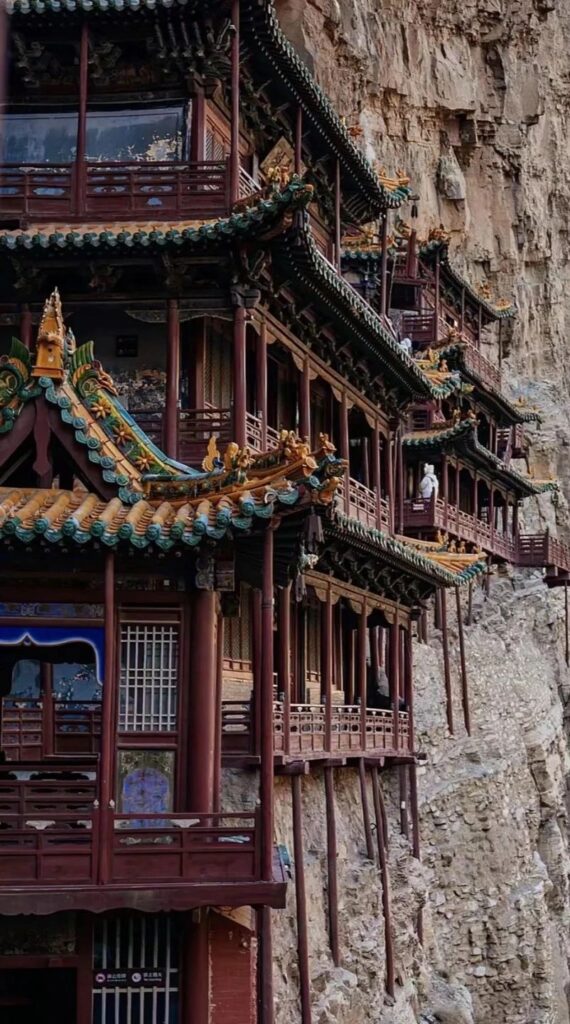
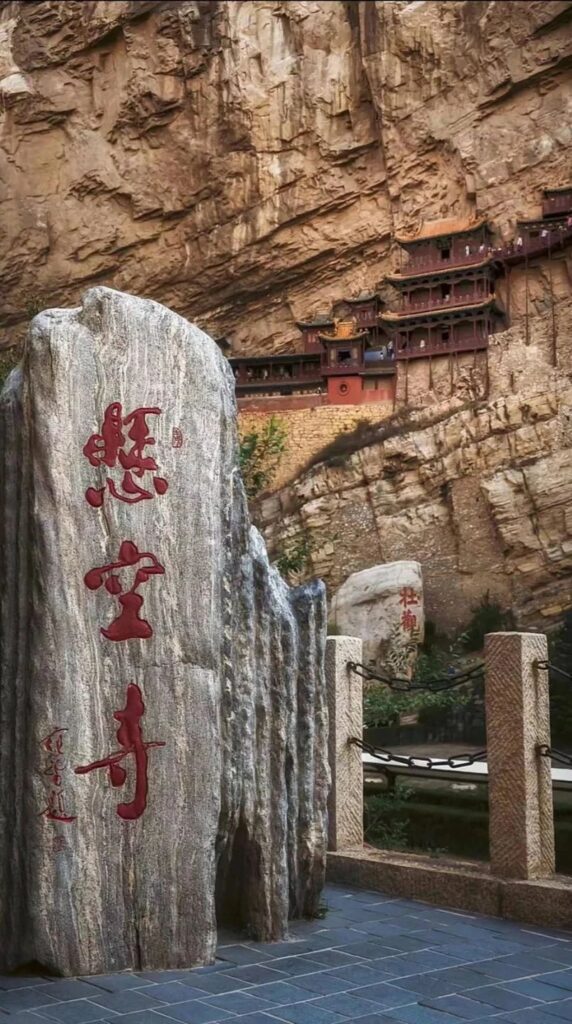
The statues of the twenty-eight constellations in Yuhuang Temple in Jincheng are now part of the Yuhuang Temple Colored Sculpture Mural Museum. It houses not only golden, Yuan, and Ming glass art components but also 120 square meters of murals, particularly famous for its colored sculptures. The temple preserves more than 300 colored sculptures from the Jin, Yuan, and Ming dynasties, especially the twenty-eight constellations, which are the pinnacle of Taoist colored sculptures and the only colored sculptures of the twenty-eight constellations in China.
Ningwu Stone Coffins are located in a remote valley 70 kilometers west of Ningwu City. In the deep canyon, there is a secluded bend with lush greenery.

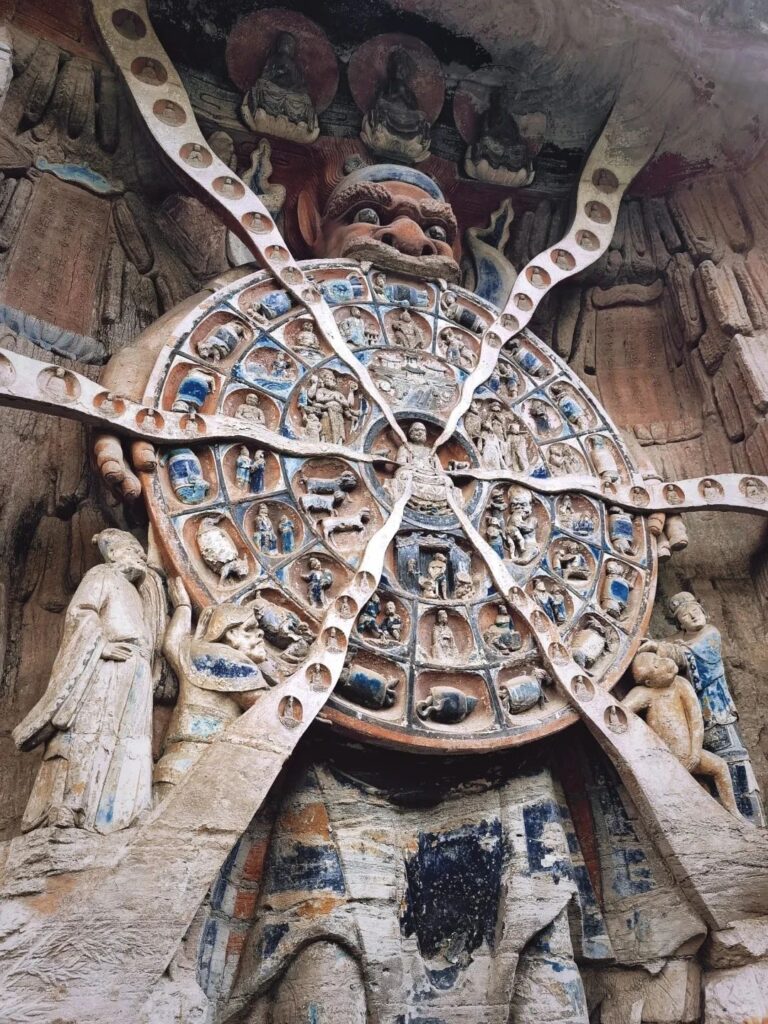
The Hanging Temple, a national AAAA-level tourist area, is located on the steep cliffs of Cuiping Peak on the west side of Jinlong Gorge in Hengshan, Hunyuan County, Datong City, Shanxi Province. Originally named “Xuankong Ge,” it was later renamed “Hanging Temple” because the entire temple seems to hang on the cliff. In Chinese, “hanging” and “mysterious” have the same pronunciation, hence the name.
Dazu Rock Carvings, located in Dazu District, Chongqing, is a collective term for 141 cliff carvings in the area. There are about 50,000 statues mainly depicting Buddhism, followed by Taoism, with carvings primarily being high and shallow reliefs, a few round carvings, and very few incised lines.

Kaiyuan Temple is located on Xijie Street in Licheng District, Quanzhou City, Fujian Province. It is an important cultural relic along the southeast coast of China and the largest Buddhist temple in Fujian Province. Founded in the second year of Chuigong (686 AD) in the Tang Dynasty as Lotus Temple, it was renamed Kaiyuan Temple in the 26th year of Kaiyuan (738 AD), becoming the largest and most prominent official Buddhist temple in Quanzhou during the Song and Yuan dynasties.